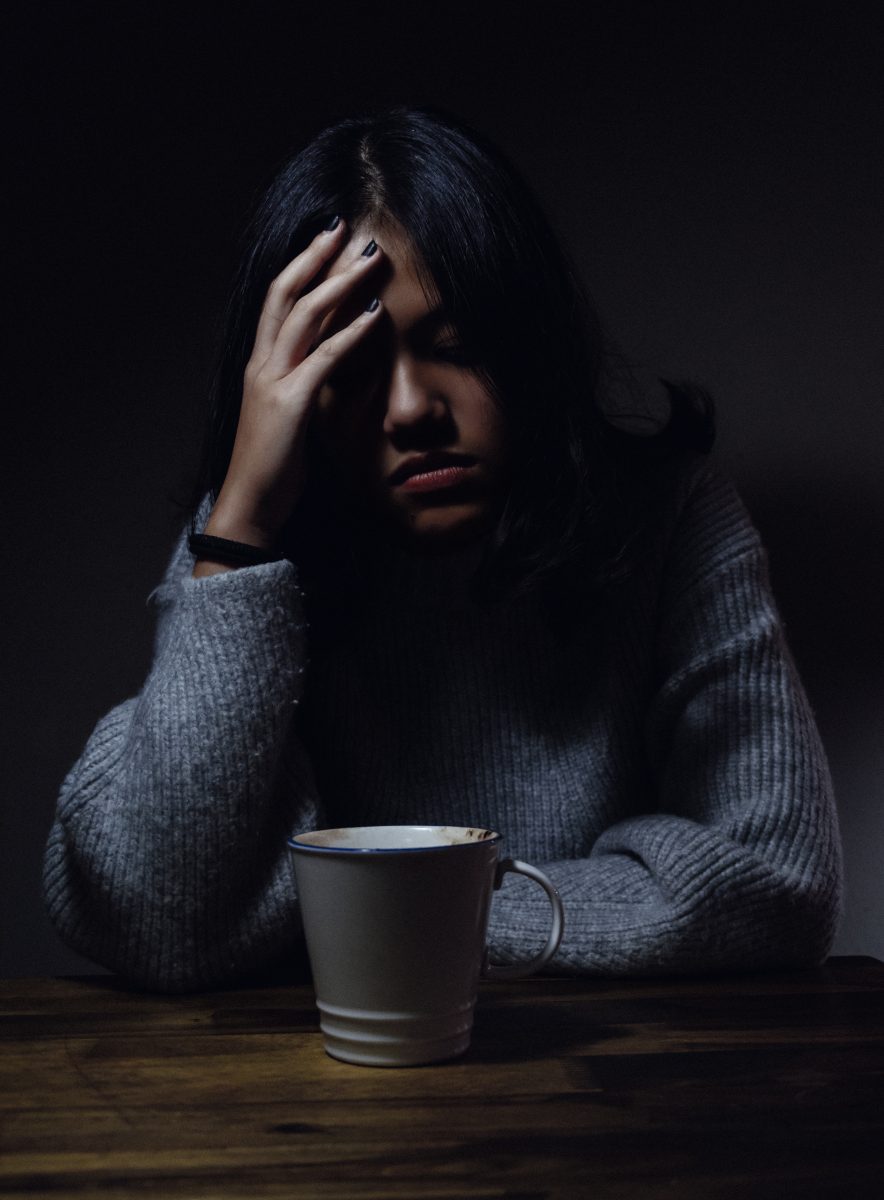There are lots of names that are used to refer to coffee. You will hear names like black nectar, lifeblood, black gold, etc. Coffee can impact your health by enhancing your awareness, stamina, reaction time, and more. Let us discuss the chemistry behind black nectar.
Coffee Cherry Structure

A coffee cherry skin has an outer coat (red thin), the pulp (water and sugar), paste (sweet coating), parchment (Hull), silverskin (trash), and green coffee bean (2 seeds inside the cherry).

Coffee contains antioxidants that prevent inflammations and swelling and enhance your immune system. To get these antioxidants, you need to roast the beans. You will likely get more benefits from a light roast than a dark roast. This is because light roasts usually contain higher levels of chromogenic acids.
You can use the caffeine chlorogenic calculator to know how much of the two compounds you drink daily. These two contribute to the overall benefits you get from coffee. When buying coffee, look out for evidence of antioxidants. Consider Nestles “Green Coffee,” which claims to have the highest concentration of polyphenols.
Polyphenols are antioxidants in red wine, chocolate, etc. that are cancer-fighting and healthy. Coffee is usually added to that group.
Compounds of Coffee
Coffee contains chlorogenic acids, caffeine, diterpenes, and melanoidins. Let us discuss them in-depth.
- Caffeine
Caffeine is an independent component of coffee. It is a mild stimulant that naturally forms in the coffee plant as it grows. As a result, caffeine is the most focused compound in coffee.
- Diterpenes
Diterpenes thrive inside the oils of coffee. That is cholesterol. western coffee making uses filter papers; hence, diterpenes are trapped and removed. On the other hand, Turkish and Scandinavian boiled coffee allows diterpenes to pass to the finished product.
- Melanoidins
Melanoidins enhance the color of your coffee. You need to roast your coffee to get melanoidins. Depending on your roast’s degree, the color of your coffee may range from light to dark.
Where Does Coffee Act In The Body?

Everything you ingest affects your body. Coffee has its pros and cons when ingested. The body parts affected by coffee are the brain, heart, stomach, digestive tract, and many muscles. Coffee has a high metabolic rate; hence, it is absorbed quickly, so it leaves very fast. The absorption starts as soon as coffee touches the inner walls of your mouth.
Positive Effects of Coffee on the Body
Coffee has many benefits for the body and very few drawbacks.
A cup of coffee will raise your heart rate and blood pressure. People who are hypersensitive to coffee can relate that to matters of genetics.
A healthy amount of coffee daily (400 mg) has cardiovascular benefits. Lack or insufficient quality sleep has often been attributed to heart disease. Drink coffee to stay awake at night. More cardiovascular benefits are still emerging.
Drinking coffee is very popular in the west, which has greatly influenced the east. Coffee helps restore heart muscle and tissue as it moves p27 protein into mitochondria.
Coffee is an excellent pre-workout beverage, especially before a cardio-based workout. This is because it boosts your body’s metabolism.
Coffee aids in a quickened breakdown of fats in the body. In addition, coffee eases bowel movement in the body.
Coffee contains caffeine, which is a mild stimulant. Caffeine temporarily enhances your level of alertness and mental stamina. Adenosine in your brain makes you feel sleepy. Caffeine temporarily blocks adenosine receptors for a short time.
Negative Effects of Coffee on the Body

People react differently to coffee drinking. For example, some may experience diarrhea soon after taking coffee, which many don’t find appealing.
Coffee enhances the breakdown of fats. It is, therefore, a good start and combines other factors necessary to quicken your weight loss.
Coffee drinkers experience frequent urination; hence, the body can quickly dehydrate. Unfortunately, dehydration could easily lead to constipation.
After the adenosine receptors get unblocked, you will experience insomnia when they kick in, not unless you drink coffee again. However, caffeine does not precisely cause insomnia. Instead, it causes restless nights, impaired cognitive thinking, sleep loss, and difficulty falling asleep.
Excessive consumption of coffee has been linked to early deaths. This is just an alert because studies to prove so are inconsistent. Remember, too much of a good thing becomes a bad thing.
Caffeine is slightly addictive. When you deny your body caffeine, you might experience caffeine withdrawal-like light headaches. To avoid the withdrawal effects, increase your daily water ratio from 8 to 10 cups. Then, you will be able to survive with 2 coffees a day.
Where to Draw the Line
Now you know the numerous benefits and shortcomings. In conclusion, we can say that coffee is good for you. That is, as long as you don’t experience hypersensitivity, that could bring symptoms of insomnia, among other risks.
A healthy individual will respond to coffee by experiencing pea blood pressure and positive and spatial alertness. The best coffee ratio for you is about 230 to 350 milligrams daily. That will enhance your optimal performance and keep you from dependency.

Editorial Staff
The editorial staff at Crazy Coffee Crave is a team of coffee enthusiasts & Baristas who enjoy the one thing we all think about as soon as we get up in the morning. Trusted by thousands of readers worldwide.





